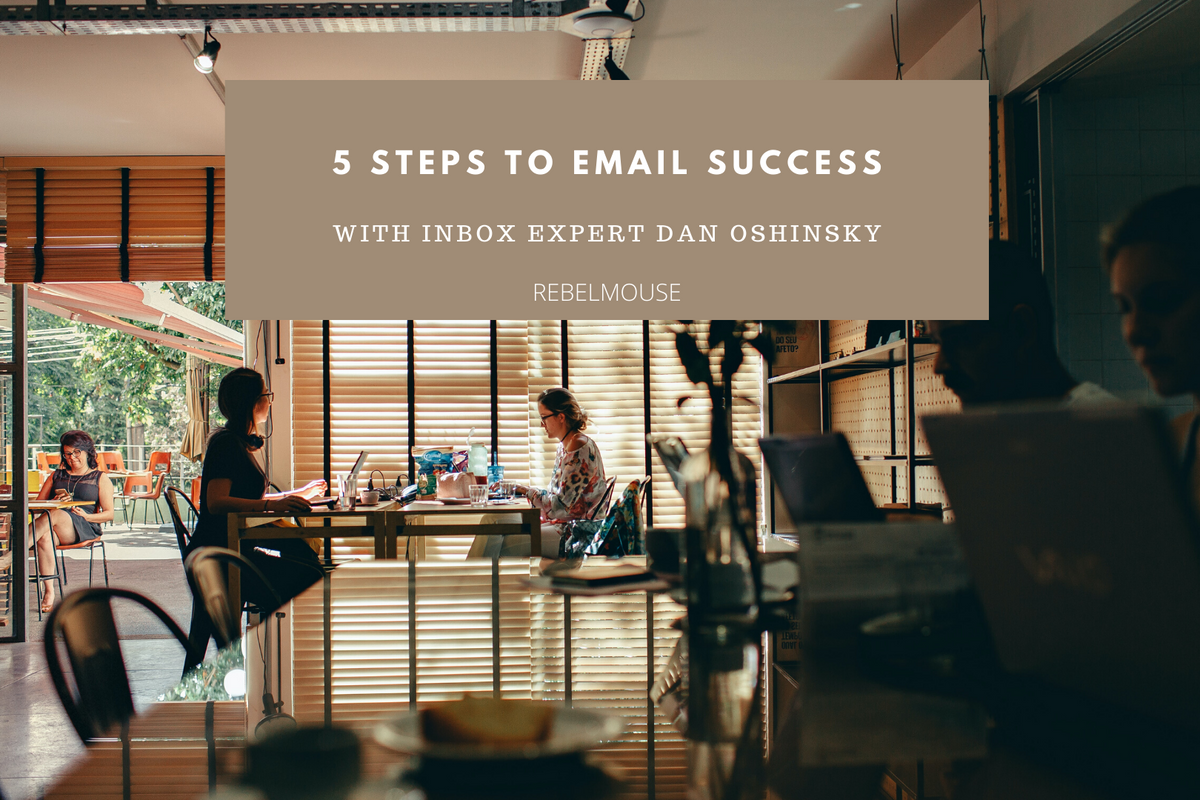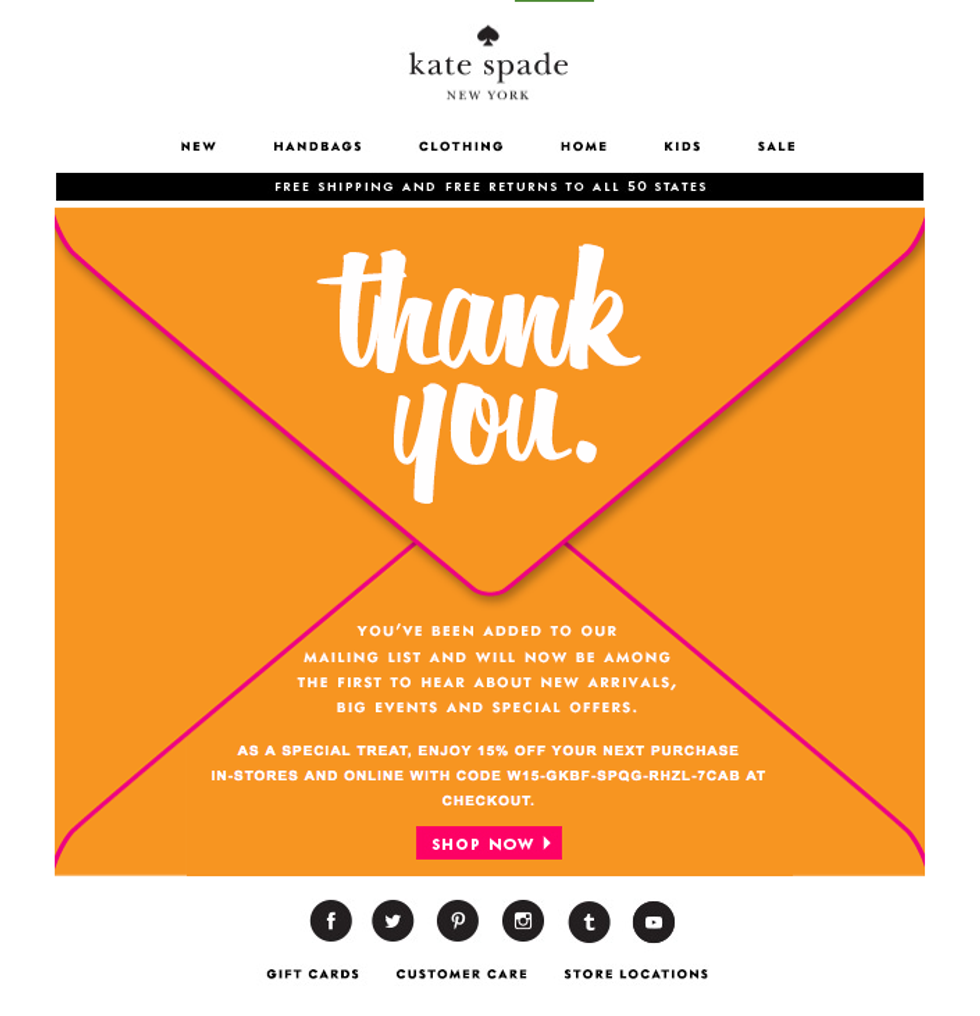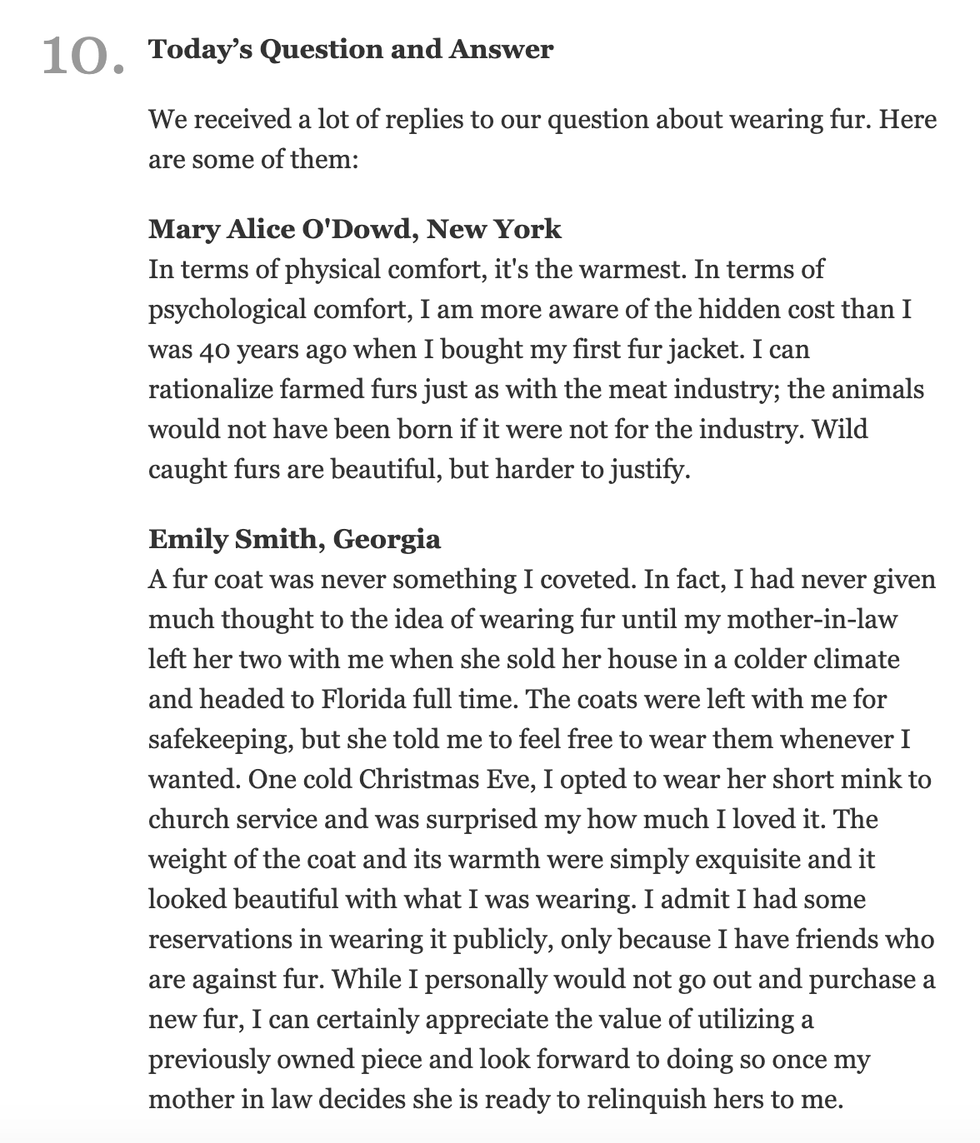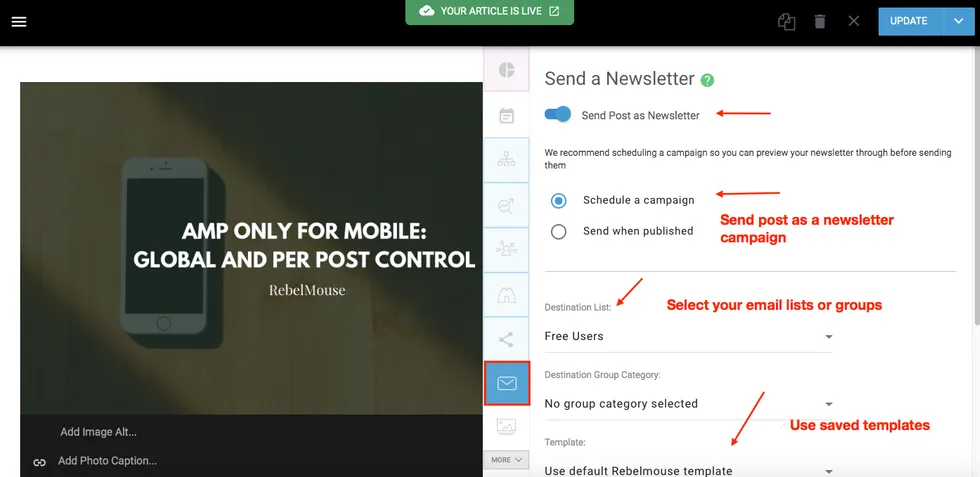5 Steps for Improving Your Email Marketing Strategy From an Inbox Expert

BuzzFeed's founding Newsletter Editor shares key steps to reach newsletter success
Email marketing is one of the easiest ways to start a targeted journey with your most engaged audience. Subscription-based models like paywalls have been a positive trend over the past few years as users long for a more personalized, uninterrupted content experience outside of the platforms. This same human-centric experience can be easily created through email newsletters. According to HubSpot, 99% of people check their email every day, with many checking more than 20 times a day , and email communication is still a preferred way to receive updates from brands.
With more people living online than ever before, it's a perfect time to make sure that you have a winning email marketing strategy. Dan Oshinsky , the founding Newsletter Editor at BuzzFeed and the first Director of Newsletters at The New Yorker , started an email consultancy group called Inbox Collective that is dedicated to helping publishers perfect their email strategies.
Oshinsky has identified five key steps to improve your newsletter strategy. Here are his expert recommendations.
Step 1: Set up Your Welcome Series
A welcome email sequence is a group of messages sent to your new subscribers so they can get familiar with your brand and communication style. The welcome series is a critical time that should be completed within the first 30 days after a new reader signs up for your newsletter. It's your chance to make a good first impression and establish a more personalized relationship with your new subscribers.
Oshinsky suggests that the first email in your welcome series should take on a "Hallmark" like feeling. This is because the language in the subject line usually includes words that you would typically see on a greeting card, like "Welcome!" and "Thanks!" That's not the end of the series either — it's best practice to set up a series of welcome emails to familiarize your new readers with all of the great content they can expect from their subscription. Click here to read how to set up an automated welcome email in Mailchimp.

Step 2: Authenticate Your Emails
User privacy is a top concern in today's world, which makes it even more important to authenticate your emails to optimize deliverability and maximize user trust.
There are three levels of email authentication. Sender Policy Framework (SPF) and DomainKeys Identified Mail (DKIM) help inboxes identify that you are the valid sender of the campaign. The third, Domain-based Message Authentication, Reporting and Conformance (DMARC), stops scammers from using your readers' data for phishing emails.
Most newsletter tools have easy ways to authenticate your emails, or even automatically take care of it for you.
In Gmail, you can easily check if your emails are authenticated. When viewing your campaign, click the kebab menu icon in the top-right corner. Then, click "Show original."

You'll be shown if you've passed the SPF, DKIM, and DMARC authentications:

Step 3: Engage With Readers
Engagement is a key metric that is a better measure of your brand's success over impressions or reach. You can drive engagement from your subscribers by making it easy for them to reply to your newsletters. This opens up a communication loop for feedback and troubleshooting, and makes your users feel like they're in a relationship with real humans instead of a robot.
Another great way to involve your readers is to ask them questions and create user-generated content (UGC) based on their answers.

Step 4: Utilize Preheader Space
Preheader text is the gray copy to the right of an email headline in your inbox:

Emails with a unique preheader text have a 3% higher open rate . Think of this space as an extra chance to go deeper into your subject line and entice your readers to click through to learn more.
Step 5: Roll Out an A/B-Test Plan
While it may be overwhelming to create different versions of your emails, Oshinsky recommends experimenting with A/B tests because different strategies may resonate better with different segments of your audience. You can A/B test the email subject, preheader text, sender profile, and newsletter length.

Oshinsky suggests experimenting with one test per month, and then examining the entire month's data to implement any winning results. Keep in mind that sometimes A/B tests don't yield any significant findings, but it's always important to keep testing as you discover more about your audience.
Click here to read Oshinsky's full presentation on what makes for a successful email campaign.
Implement a Winning Newsletter Strategy
At RebelMouse, you can easily use major email platforms like Mailchimp and Sailthru directly from our platform. Our elegant integrations allows you to turn posts into newsletters, choose templates, and schedule campaigns right from your editing space. Click here to learn more.

If you aren't publishing on RebelMouse yet, get in touch today and let's get started. We are a full-service creative agency that can help you with all of your website and email marketing goals.
Already publishing on RebelMouse? Email support@rebelmouse.com or contact your account manager today for creative input on your current newsletter strategy.















































































